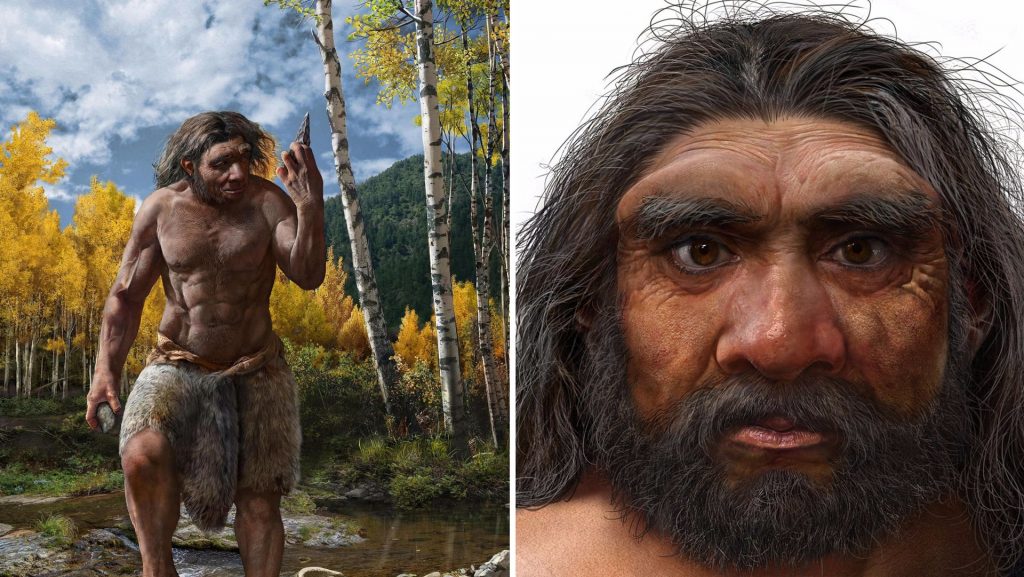Throughout the mid-1800s, as fossilized remains of early humans appeared in various parts of Europe, Africa, and China, the research interest in human evolution increased. Many aspects of the lives of early humans can be discerned from fossil remains, including walking postures, behavioral adaptations, diet preferences, and tool use, among others. In spite of this, the issue of how modern humans evolved remains controversial. Recent research has re-examined even the notion that Neanderthals are our closest hominin relatives.

The largest known fossil skull of a human-like ancestor, the Harbin cranium (skull) found in Heilongjiang in 1930, is the largest-known fossil of teeth and other skeletal remains found from fossil remains in China. The fossil skull now housed in Hebei Geo University’s geoscience museum may have been the remains of a close relative of ours. It’s preservation is almost perfect after nearly nine decades. According to emerging evidence, Homo longi or the “Dragon Man” is a new species of human being.
Closer to Neanderthals in evolutionary terms
Homo longi might even be closer to modern humans than the Neanderthal lineage, according to extensive geochemical analyses using state-of-the-art tools.

Scientists recognized Neanderthals for their recognition as one of the first fossils that looked like humans. A rigorous scientific investigation of the relationship between ancient Neanderthals and modern humans have been carried out over the years. Over the past few decades, newer fossil discoveries have also revealed their position in the human family tree to have changed dramatically.
Hubei Geo University professor Xijun Ni, a primatologist and paleoanthropologist, says the time between humans and Neanderthals could be over 1 million years older than generally thought. All three publications are written by him and are based on research he conducted for the Chinese Academy of Sciences. It follows that if this claim is proven to be true by subsequent research, humans will have diverged from Neanderthals roughly 400,000 years earlier than believed.
Paleoanthropologist Chris Stringer, who is a co-author of the study, says: “We see multiple evolutionary lineages of Homo species and populations co-existing in Asia, Africa, and Europe during that time. So, if Homo sapiens indeed got to East Asia that early, they could have a chance to interact with H. longi, and since we don’t know when the Harbin group disappeared, there could have been later encounters as well.”
The Harbin cranium
It is believed this Harbin skull may represent early humans from the Pleistocene period of natural history, which occurred 130 thousand to 300 thousand years ago. The skull size suggests the brain would be of a size comparable to modern humans. However, compared to Homo sapiens, eye sockets are much larger and almost square in shape, with teeth oversized and mouths wider.
Researchers from Harbin report that the skull discovered there was found to be that of a male of 50 to 60 years of age at the time of his death. They suggest that this individual lived in a floodplain environment, surrounded by forested areas.

“Like Homo sapiens, they hunted mammals and birds, and gathered fruits and vegetables, and perhaps even caught fish,” says Ni. Given the large size of this Harbin individual and the location of its discovery, the researchers suggest that H. longi may have been well-adapted for life in harsh environments. They may have used this to their advantage in dispersing throughout Asia.
“While it shows typical archaic human features, the Harbin cranium presents a mosaic combination of primitive and derived characters setting itself apart from all the other previously-named Homo species,” said Qiang Ji, Professor of palaeontology at Hebei Geo University in China. In light of these observations, Homo longi has been designated as a new species.
Our understanding of the evolution of human beings could now be forever altered as a result of the “Dragon-Man” fossil. Human migration patterns and life history trees are being restructured and redesigned.
In three articles in journal The Innovation of the Cell Press group, researchers from Nanjing Normal University, Hebei Geo University, and the Chinese Academy of Sciences report their findings.




